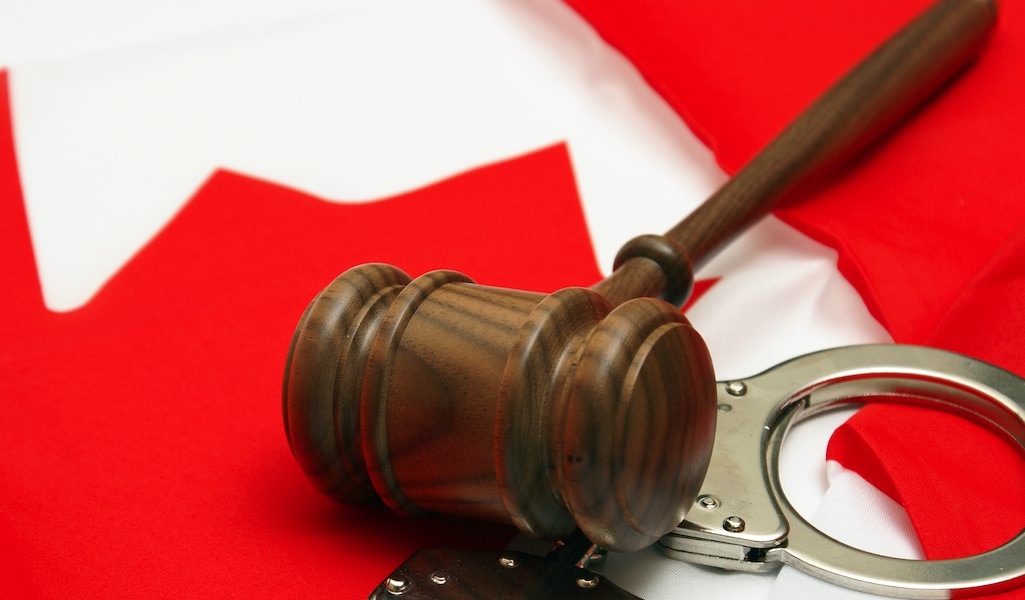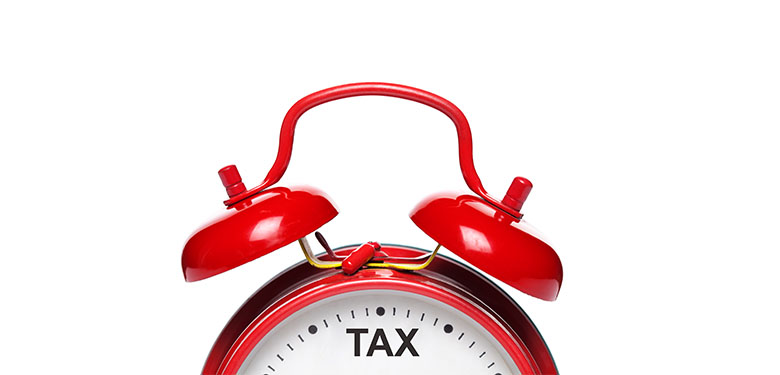
Published: October 6, 2020
Last Updated: January 11, 2022
Introduction – taxpayer’s request for tax credits refund was rejected by the Canada Revenue Agency
Ms. Harrison claimed losses and other deductions in connection with her participation in two transactions in her 1988 tax return. The Canada Revenue Agency (the “CRA”) made two reassessments in December 1992 and December 1993 respectively regarding the two transactions. The taxpayer then filed notices of objection in response to the two reassessments. In June 1994, the taxpayer entered into a settlement agreement for the first reassessment in which she waived her right to make any further objection or appeal for the amounts contested in the first notice of objection. After the CRA confirmed the second reassessment, the taxpayer appealed to the tax court in 2011. On December 19, 2014, the CRA issued a third notice of reassessment for the taxpayer’s 1988 taxation year, in which the CRA applied an otherwise refundable credit to Ms. Harrison’s 1988 debt. The taxpayer then requested a refund of the amount and her Canadian tax lawyer applied for judicial review in the federal Court of Canada after the CRA rejected the request.
The core issue of the case is whether the CRA reasonably concluded that the limitation period had not expired prior to December 19, 2014. The federal court granted the application for judicial review and specifically focused on three issues:
- Whether the taxpayer had acknowledged her 1988 tax debt by appealing to the tax court, thereby restarting the limitation period;
- Whether the taxpayer’s appeal to the tax court had extended the existing limitation period; and
- Whether the issuance of a third reassessment operated a new reassessment and started a new limitation period.
The standard to review the CRA’s decision is reasonableness

There are two judicial review standards, correctness and reasonableness. The former requires the reviewing court to decide whether the administrative decision needs to be correct, in the sense that the court would have reached the same decision. The latter, on the other hand, requires the court to be able to trace the decision-maker’s reasoning without encountering any fatal flaws in its overarching logic. To decide the applicable standard of review of the CRA’s decision, the federal court followed the Supreme Court of Canada’s decision in Vavilov that there is a presumption of applying the standard of reasonableness whenever a court reviews an administrative decision. However, that presumption may be rebutted under two circumstances. The first is where the legislature has prescribed the standard of review or has provided a statutory appeal mechanism thereby signaling the legislature’s intent that appellate standards should apply. Since the applicant did not suggest that the first circumstance applies to this case, the federal court focused on the second circumstance which is whether the rule of law requires the application of the correctness standard. This typically comes down to whether the case involves general questions of law of central importance of the legal system as a whole and questions related to jurisdictional boundaries between two or more administrative bodies.
The federal court then reviewed case law and found the circumstance in the case at bar is very similar to that in McLean where the Supreme Court of Canada ruled the British Columbia Security Commissioner’s interpretation of the limitation period is not generally of central importance to fair administration of justice. Therefore, the federal court concluded the standard of review of the CRA’s decision should be reasonableness rather than correctness.
The taxpayer never acknowledged her 1988 tax liability

To determine whether the CRA’s refusal to refund the tax credits falls outside the scope of reasonableness, the federal court first identified the relevant provisions in the Income Tax Act.
- Under s.222(4), the limitation period to collect a tax debt ends (subject to subsection (8)) on the day that is 10 years after the day on which it begins.
- Under s.222(5), the collections limitation period will be restarted if
- The taxpayer acknowledges the tax debt in accordance with subsection (6);
- The CRA commences an action to collect the tax debt or
- The CRA under subsection 159(3) or 160(2) or paragraph 227(10)(a) assesses any person in respect of the tax debt
- 222(8) lays out certain conditions to extend the limitation period.
The federal court then focused on three sub-issues and the first is whether Ms. Harrison acknowledged her 1988 tax liability by filing her appeal to the tax court, thereby restarting the collections limitation period.
The federal court adopted the Supreme Court of Canada’s decision in Vavilov that the words of an Act are to be read in their entire context and in their grammatical ordinary sense harmoniously with the scheme of the Act, and ruled that s.222 of the Income Tax Act must be read in the context of that section as a whole, other relevant provisions and the object of the Income Tax Act. After reviewing s.222(5)(a), s.222(6)(b) and 222(8) of the Income Tax Act, the federal court ruled that the limitation period could not be both restarted and extended by the filing of an appeal to the tax court. Since the Income Tax Act does not define the word “acknowledgement”, the federal court researched case law and concluded that the acknowledgement must, at a minimum, confirm and concede the amount that remains owing. After reviewing the Notice of Appeal, the federal court concluded that taxpayer neither admitted nor confirmed the amount of the 1988 tax debt. Therefore, the CRA’s view that the filing of an appeal to the tax court automatically restarts the limitation period is unreasonable.
The taxpayer’s filing of Notice of Appeal to the tax court did not extend the existing collections limitation period.
Since the taxpayer entered into a settlement agreement in 1994 that settled the dispute regarding the disallowance of her 1988 limited partnership losses, the federal court found the fact that the taxpayer explicitly raised this issue again in her appeal in 2011 had no effect because it was not properly raised. As a result, the collection of the 1988 debt regarding the taxpayer’s limited partnership losses was not barred by s.225(1)(3) of the Income Tax Act and the limitation period was not extended by s.222(8) of the Income Tax Act either.
CRA’s third reassessment on December 19, 2014 already falls outside the limitation period
Both Ms. Harrison and the CRA agreed that the 10-year limitation period would expire on March 4, 2014 unless it was extended or restarted. Based on the record from both parties, the federal court concluded the initial limitation period was neither restarted nor extended. Although the CRA argued that the limitation period should start on the date of the third assessment since it replaced the second reassessment, the federal court ruled that once the limitation period expired it could not be revived by the third reassessment.
Pro tax tips – CRA debt acknowledgement requires confirmation of the amount owing
Although the Income Tax Act does not define the term “acknowledgement”, a taxpayer should be very cautious when responding to the CRA as it may extend or even restart the 10-year collections limitation period. If the CRA tries to collect debts from you outside the 10-year limitation period, contact our office immediately to speak with an experienced Canadian tax lawyer to make sure the CRA collections officer is not reviving an otherwise uncollectible CRA debt.
Disclaimer:
"This article provides information of a general nature only. It is only current at the posting date. It is not updated and it may no longer be current. It does not provide legal advice nor can it or should it be relied upon. All tax situations are specific to their facts and will differ from the situations in the articles. If you have specific legal questions you should consult a lawyer."






